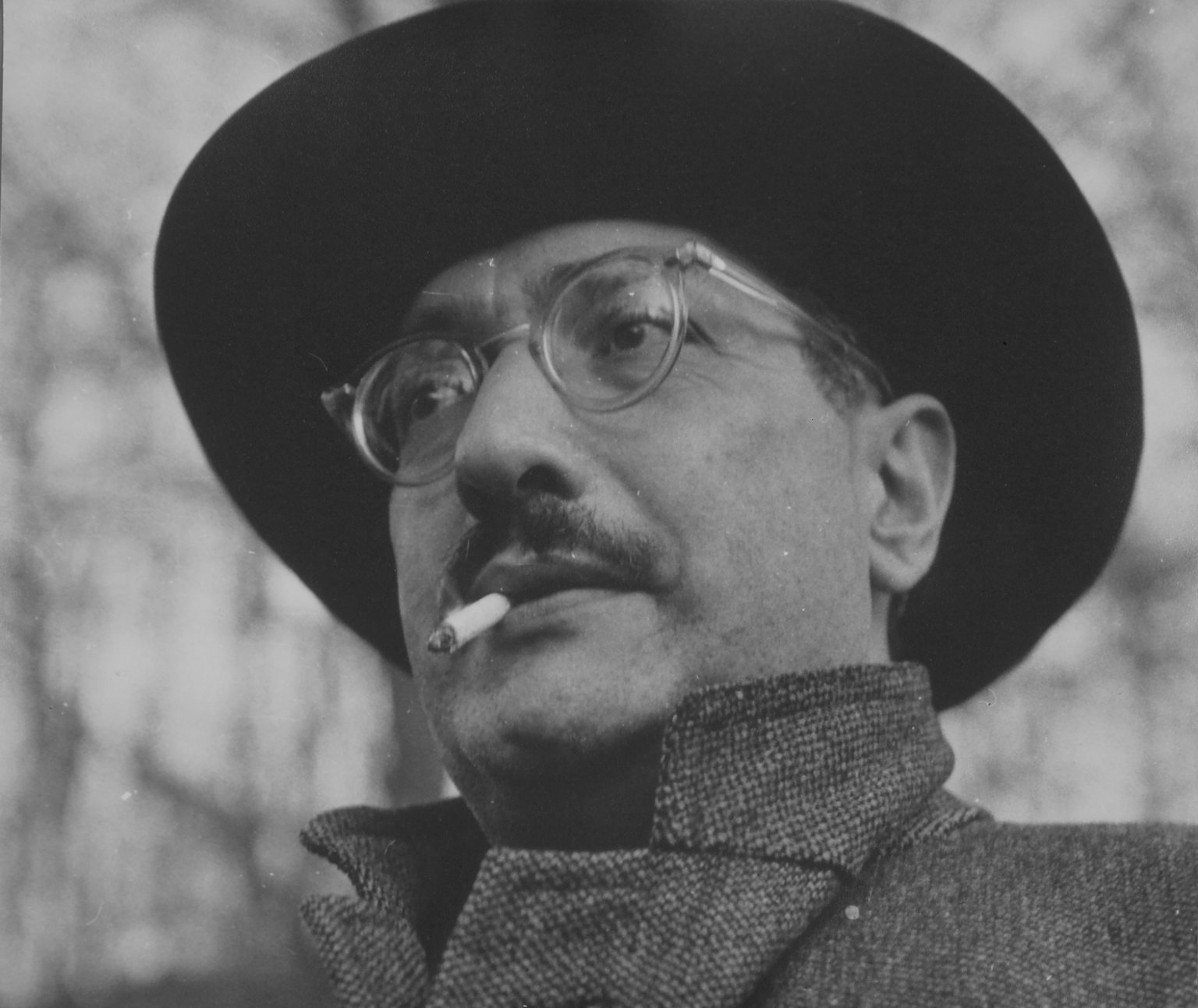
Mark Rothko, one of the greatest contemporary American painters, created NO. 61 Rust and Blue, one of the best encapsulations of the purpose of modern art. His son wrote that this piece “was not made to communicate who [Rothko] is, but who we all are.”
While contemporary art is deeply individualistic and abstract, it shows us universal truths about who we are, which is why it is an essential piece in a liberal-arts education.
As a double major in art and politics, I am frequently questioned why I would choose to get a second degree in art as opposed to something more practical. There is something about art that captures human nature at our core.
Art is the study of beautiful things. The artist’s job is to engage with beautiful things and try to replicate them in some way. There is no better way to know your creator than to study his creation purely because it is beautiful and good.
Hillsdale challenges its students to form a certain habit of mind, to become drawn to things like freedom, calmness, moderation, beauty, and wisdom.
Everything we learn is a part of a collective whole. Every subject fits together and is in conversation with one another. There is great merit to the sciences, and one cannot be a good sculptor without understanding the nuances of human anatomy or follow the movement into cubism and abstraction without understanding the physics of the early 20th century.
Art is a subject that engages with every other field of study.
The case for classical art is more apparent, but to fully understand our society’s roots and future, we must study contemporary art. I am most certainly among the minority of people at Hillsdale College who genuinely enjoy modern art. Many people find it unintentional or bizarre, but the truth of the matter is that modern art is one of the clearest visualizations of the principles of the American character.
Our founders understood the deep need for autonomy. At our core, we wish to be able to do as we please, to make our own decisions and live as we see best. As long as our actions do not infringe on another, there are no problems.
Politics and art have always been closely intertwined. At our founding, Americans were deeply impacted by the neoclassical movement. They admired how it paid homage to the great works of the Greeks and Romans, and it was a strong departure from the European baroque style.
In the late 1800s, Americans welcomed impressionism. In the 1960s, we embraced autonomy and self-expression and pushed modern art into the forefront of our culture. Unconventional art has always been a defining feature of the American character, in a time when there is more art being created than ever before, we should be embracing this new movement.
Many people simply do not find contemporary art engaging or meaningful. They find it unappealing and confusing, but that is because, at its core, modern art is just as messy as the person who created it. It is not done for a patron or even for the enjoyment of the general public. The artists create an expression of who they are, shown through the medium of their choosing, whether that be paint, film, or broken dinner plates.
These artists are trying to articulate a relationship between forces greater than themselves, whether that is God, nature, or politics.
Great art is the kind that has something meaningful to say.
Modern Americans must re-engage with the art world. Contemporary art can look odd and unappealing, but the values it clings to and the conversations it engages in are all fitting with our American character. We wish to be free to be an individual, no matter how odd or messy that looks.
Many contemporary artists are creating pieces that are universally understood. Others try to convey something more meaningful about a small part of their lives. Their art requires context. But both are trying to engage in conversation and define these higher relationships.
One of the most powerful pieces I have seen is “Love is the message, the message is death” by Arthur Jafa. This short seven-minute film gives a glimpse into the life of African Americans in modern America. Footage from basketball star Michael Jordan, former President Barack Obama, and singer Whitney Houston are contrasted to scenes of police brutality and poverty to the tune of Kanye West’s “Ultra-Light Beam.”
I had never seen a piece that so perfectly encapsulates the dichotomies in modern race relations.
But this is art’s job. Art exists to bring us into conversation, to show us something about who we are, where we are going, and where we’ve come from.
Reagan Linde is a George Washington Fellow. She is a sophomore studying art and politics.

